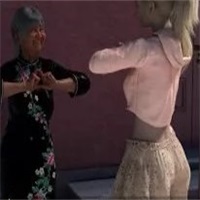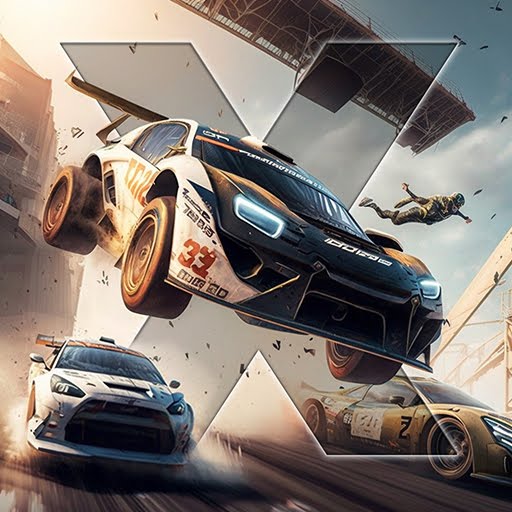Capcom's Revival: From Resident Evil 6 Low to Monster Hunter Wilds Success
With Monster Hunter Wilds shattering Steam records and the Resident Evil series enjoying renewed success thanks to Village and a series of acclaimed remakes, Capcom seems to be on an unstoppable winning streak. However, this wasn't always the case. Just a few years ago, following a series of disappointing releases, Capcom was struggling to maintain its position in the gaming industry. It had lost both its direction and its fanbase.
Capcom was grappling with an identity crisis. The Resident Evil series, which pioneered the survival horror genre, had lost its edge after Resident Evil 4. Meanwhile, the iconic Street Fighter franchise was struggling after the lukewarm reception of Street Fighter 5. It seemed as though Capcom was on the brink of collapse.
Yet, from this low point, Capcom found a way to reinvent itself. A shift in development strategy, coupled with the adoption of a powerful new game engine, breathed new life into its flagship franchises. This turnaround not only revitalized Capcom's beloved series but also set the stage for a decade of critical and commercial triumphs, propelling the company back to the forefront of the gaming world.
Resident Evil Lost Its Way
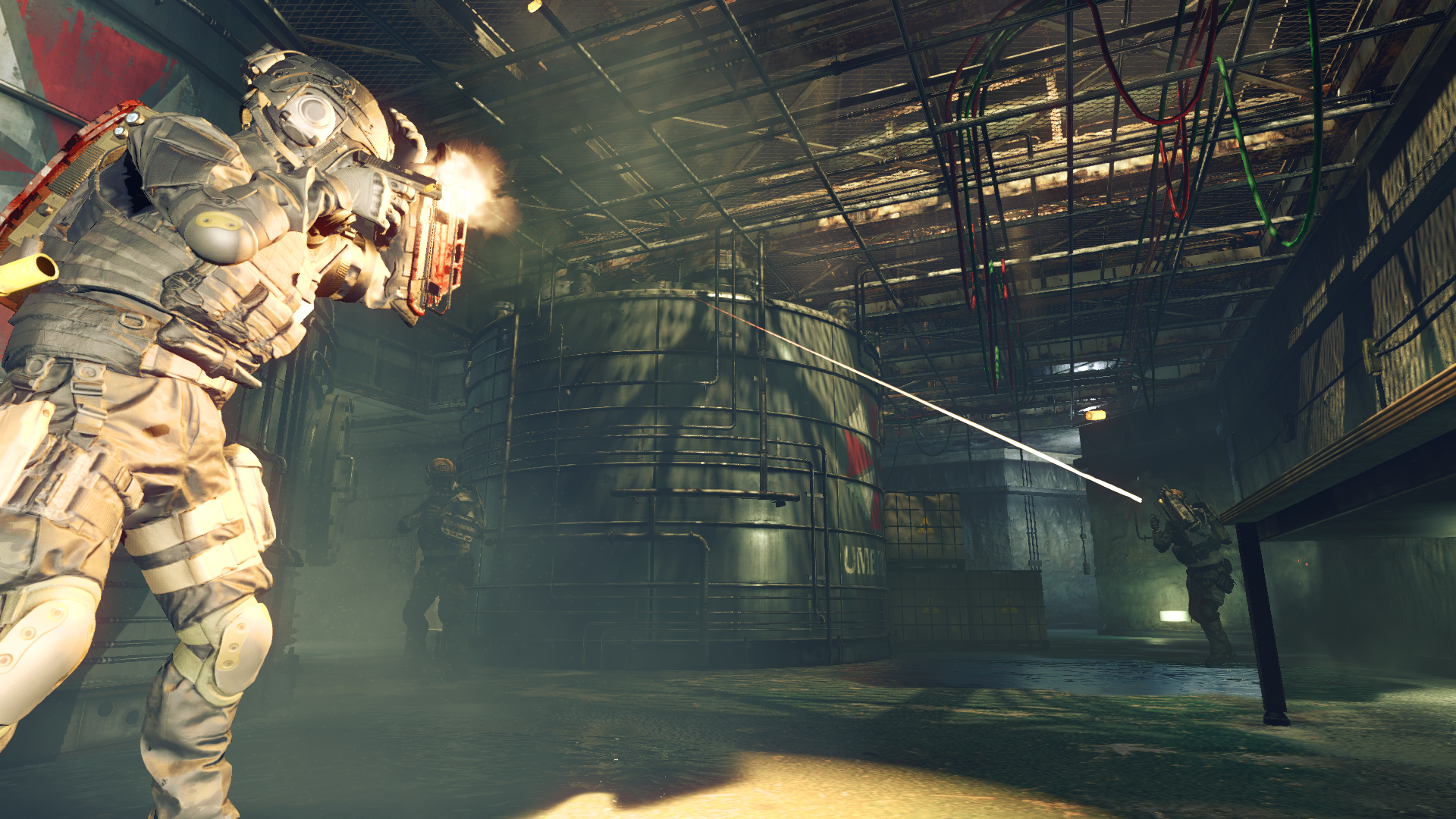
2016 was a challenging year for Capcom. The release of Umbrella Corps, a poorly received online co-op shooter, and the underwhelming Street Fighter 5 left fans disappointed. Even Dead Rising 4, which saw the return of fan-favorite Frank West, failed to reignite the series. This period marked the nadir of a difficult stretch for Capcom, which had been struggling since 2010. The mainline Resident Evil games saw declining critical acclaim despite strong sales, while Street Fighter and other key franchises like Devil May Cry were faltering. Although Monster Hunter was thriving in Japan, it struggled to capture the international market.
"Many of us started feeling that what the fans and players wanted from the series was getting a little bit separate from what we were making," one developer noted. This disconnect was a far cry from the Capcom we see today. Since 2017, Capcom has been consistently delivering hit after hit from its most famous franchises, achieving both sales success and critical acclaim. From Monster Hunter World and Devil May Cry 5 to Street Fighter 6 and a series of industry-leading remakes, Capcom has redefined what it means to succeed in the gaming industry.
This resurgence was not just about learning from past mistakes. Capcom had to completely overhaul its strategy, from understanding its target audience to adopting new technologies. To delve deeper into this transformation, IGN spoke with four of Capcom's leading creatives to explore how the company managed to rebound from its lowest point to become one of gaming's most successful studios.
Founded in 1979 as a manufacturer of electronic game machines, Capcom rose to prominence in the '80s and '90s with iconic 2D games like Street Fighter and Mega Man. The company successfully transitioned to 3D gaming with titles like Resident Evil, culminating in the creation of one of the greatest games ever, Resident Evil 4, in 2005.
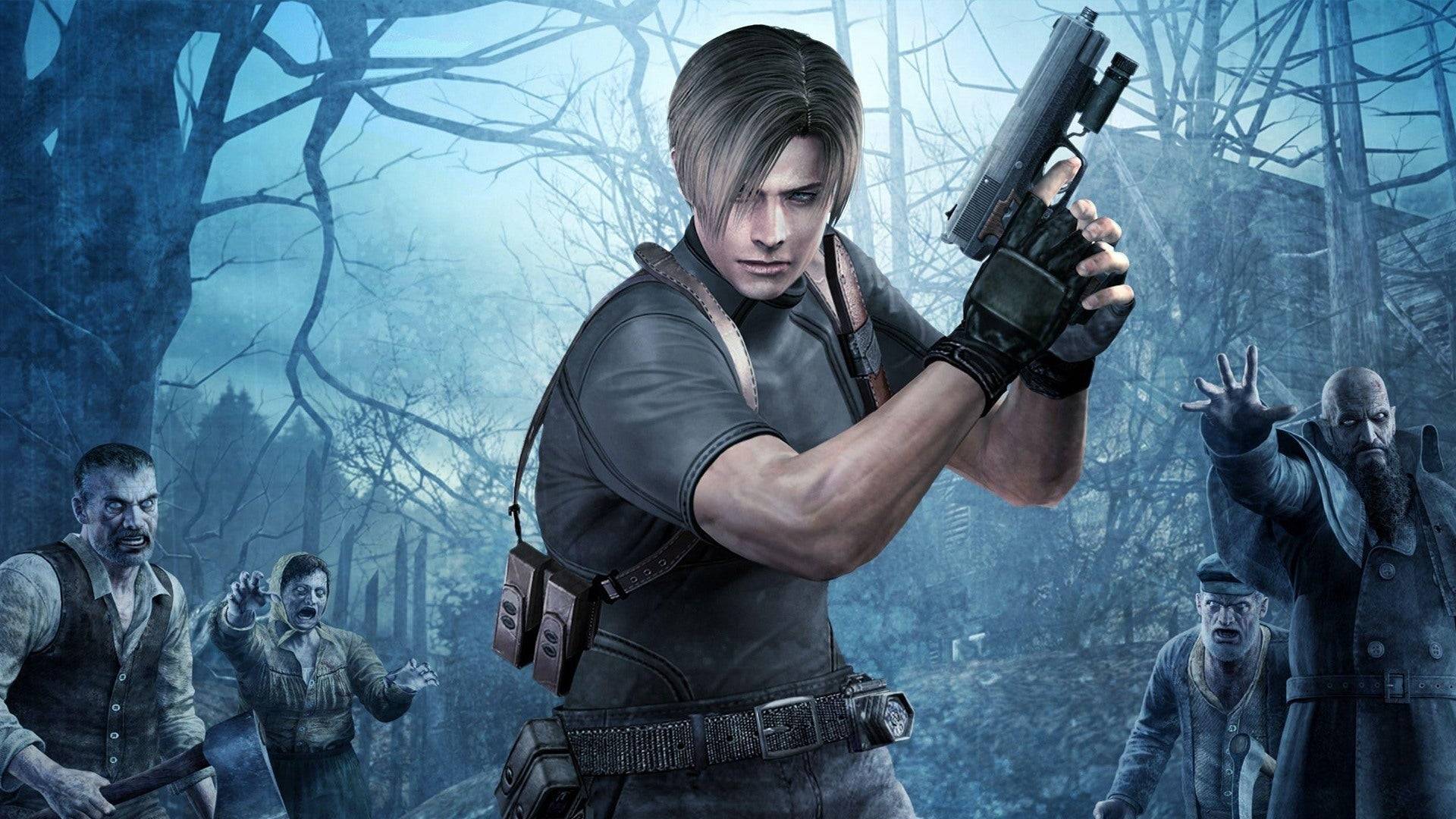
Resident Evil 4 is often hailed as a masterpiece, blending horror with action in a way that captivated players. However, this balance was lost in subsequent games. Resident Evil 5 leaned too heavily into action, with sequences that felt more like Hollywood blockbusters than survival horror. This shift led to a loss of identity, acknowledged by developers like Yasuhiro Ampo, who has been involved with the series since 1996.
"Overall throughout the Resident Evil series, we set up different goals, challenges, and things we want to try with each game… But this time, many of us started feeling that what the fans and players wanted from the series was getting a little bit separate from what we were making," Ampo explained. The resulting Resident Evil 6 tried to cater to both action and horror fans but failed to satisfy either group fully. This trend of struggling franchises was not limited to Resident Evil. Street Fighter 4 was a massive success, but its sequel, Street Fighter 5, was criticized for its lack of content and poor online performance. Similarly, Devil May Cry saw diminishing returns, leading Capcom to outsource the next game, DmC: Devil May Cry, to UK studio Ninja Theory, which received a mixed reception. Other attempts to capture Western markets, such as Lost Planet and Asura's Wrath, also fell flat. The only bright spot during this period was Dragon's Dogma, a new RPG from Devil May Cry director Hideaki Itsuno.
Street Fighter 5, The Lost Cause
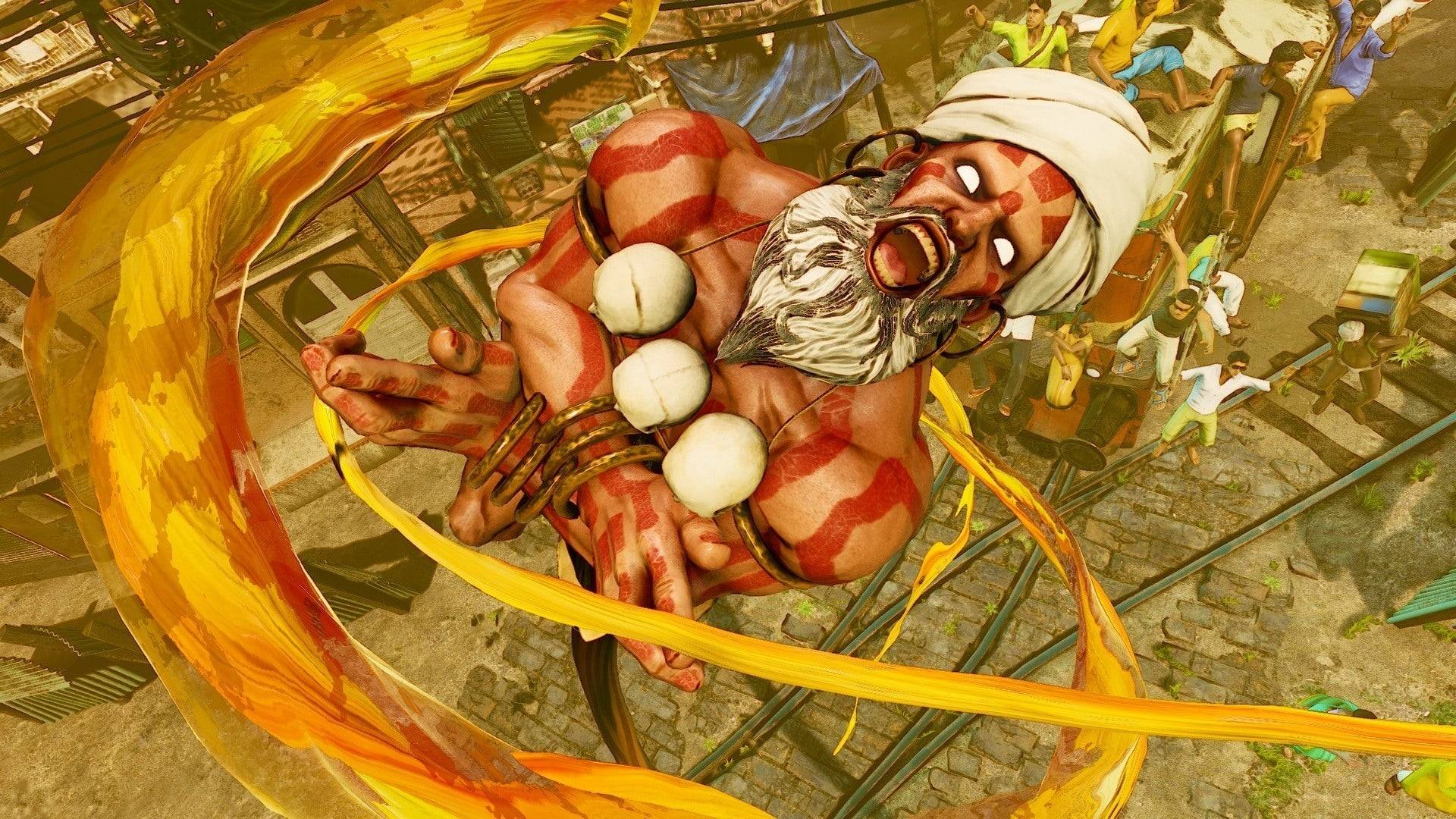
By the mid-2010s, Capcom began implementing changes that would ultimately transform its fortunes. The first step was addressing the issues with Street Fighter 5. Directors Takayuki Nakayama and producer Shuhei Matsumoto were tasked with salvaging the game. Although they couldn't make drastic changes, their focus was on fixing the most pressing issues and setting the stage for Street Fighter 6.
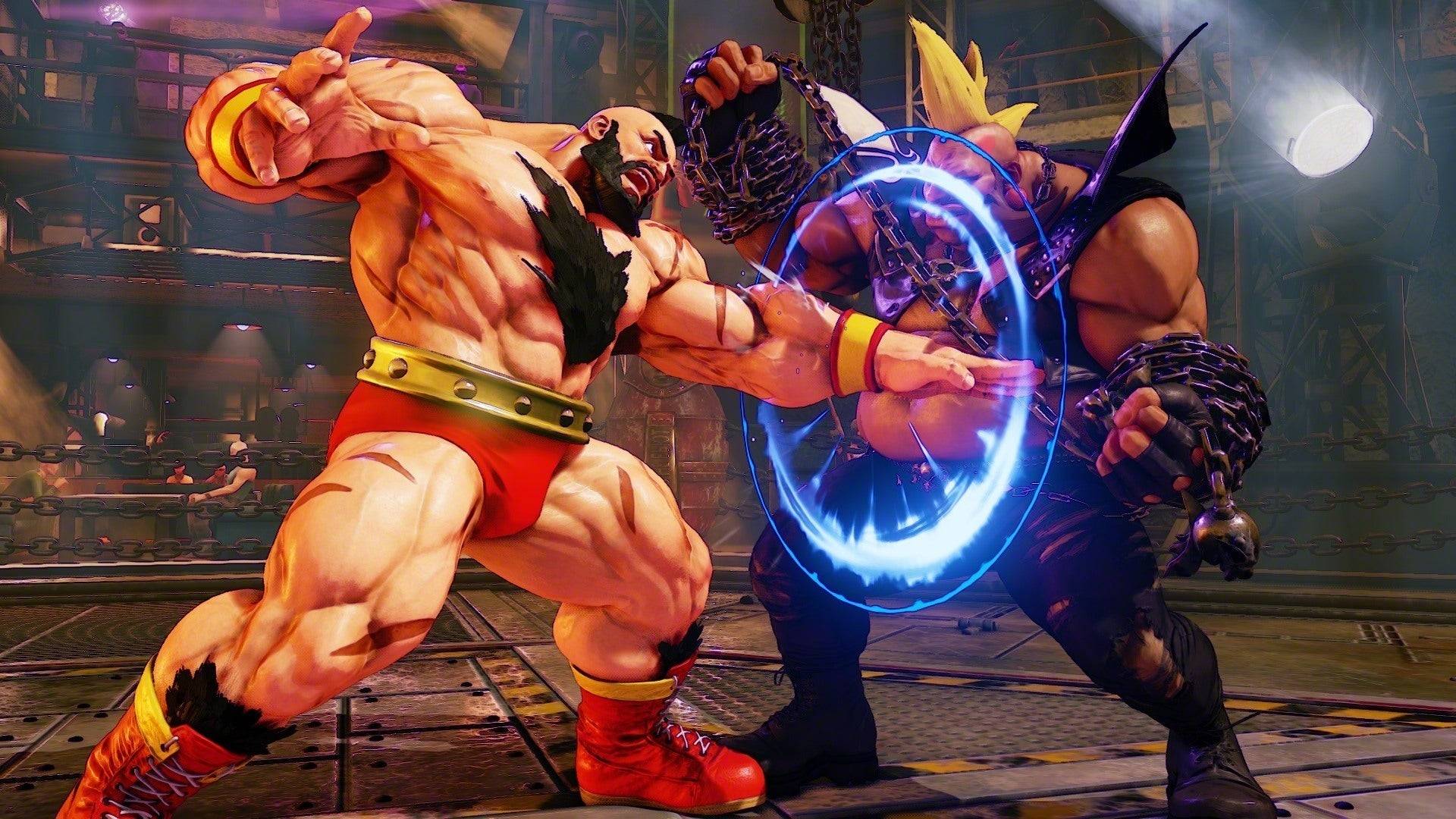
"There definitely were some challenges within the production of the game, and that was part of the reason why I was brought into the team," Nakayama admitted. "And because we were in a point in development where we couldn’t really make any major pivots or shifts, we had to proceed and move forward in the direction we were currently in, which created constraints on what we could and couldn’t do."
The improvements to Street Fighter 5 were crucial but limited. The team focused on enhancing the game's netcode, rebalancing characters, and introducing new mechanics like V-Shift. The ultimate goal was to make the game fun again, addressing the frustration players felt while mastering it.
"We both realized that fighting games are fun, and when you get used to them, it becomes more enjoyable and something you can essentially play forever as long as you have an opponent to play against," Matsumoto said. "However, one of the challenges that we faced with Street Fighter V is that we felt that there wasn’t a clear pathway that helped guide players to get to that level where they finally feel like they’re having fun and will want to continue playing."
Rather than abandoning Street Fighter 5, Capcom used it as a testing ground for ideas that would be incorporated into Street Fighter 6. This approach paid off, as Street Fighter 6 launched to critical acclaim, becoming one of the most celebrated games in the franchise's history.
Monster Hunter Took Over The World
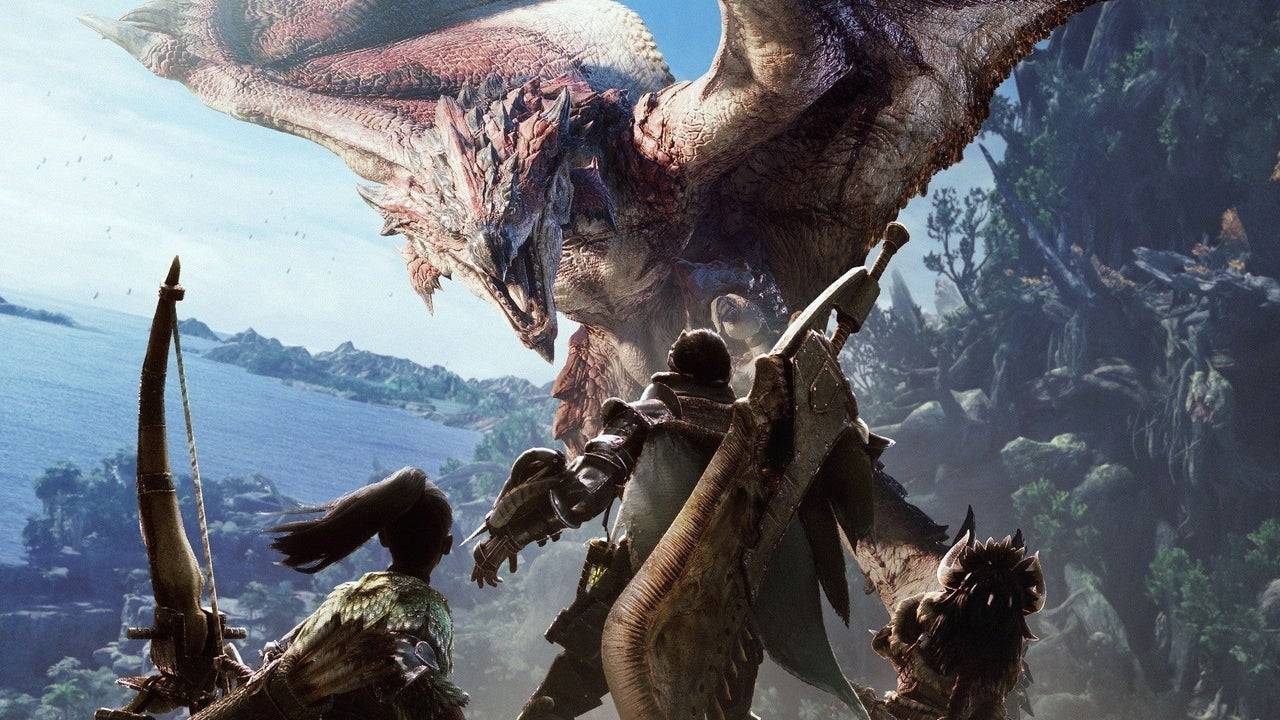
Around the time of Street Fighter 5's launch in 2016, Capcom underwent a significant internal reorganization to prepare for a new generation of games powered by the RE Engine, a replacement for the aging MT Framework. This shift was not just about technology; it also included a mandate to create games that would appeal to a global audience.
"It was a few factors that came together," said Hideaki Itsuno, a former game director at Capcom known for his work on Devil May Cry. "The change of the engine and also all teams were given a very clear goal at that point to make games that reach the global market. [Games] that are fun for everyone."
Capcom's previous attempts to capture the Western market, such as the action-heavy Resident Evil 4 spinoffs and Lost Planet, had failed. The company realized it needed to create games that appealed to a broader, global audience. "I think that we had that clear goal of just focusing and not holding anything back towards making good games that would reach people from all over the world," Itsuno noted.
The pivotal year of 2017 marked the beginning of Capcom's resurgence, with the launch of Resident Evil 7. No series better embodies Capcom's new goal of global success than Monster Hunter. While the series had a dedicated following in the West, it was predominantly popular in Japan. The handheld success of Monster Hunter Freedom Unite on the PSP contributed to its domestic popularity, as explained by the series' executive producer Ryozo Tsujimoto.
"20 years ago in Japan, having a network connection wasn't as easy, and there weren’t a huge amount of people playing Monster Hunter online. However, handheld consoles made multiplayer gameplay easy without internet access, and I regard it as a great success that we had players experience the game in this way, which was one of the ways we really wished for them to play and enjoy it, even in that era when online gameplay wasn't easy," Tsujimoto said.
The cooperative nature of Monster Hunter was best served by handheld consoles, which allowed friends to play together easily. This focus on the Japanese market inadvertently reinforced Monster Hunter as a "Japan-only" brand, despite its potential for global appeal. However, as internet infrastructure improved worldwide, Capcom saw an opportunity to launch a more accessible Monster Hunter game.
In 2018, Monster Hunter: World was released on PlayStation 4, Xbox One, and PC, marking a significant shift for the franchise. It offered AAA console quality with larger areas and more impressive graphics, aiming to appeal to a global audience.
"Our approach to the globalization of the series and Monster Hunter in general really ties into not only the themes that we had going into designing the game, but also in the name of the game," Tsujimoto revealed. "The fact that we called it Monster Hunter: World is really kind of a nod to the fact that we wanted to appeal to this worldwide audience that we wanted to really dig into and experience Monster Hunter for the first time."
Monster Hunter: World was released simultaneously worldwide, with no Japan-exclusive content, aligning with global standards. The game's success was further bolstered by global focus tests that influenced its design, leading to changes like displaying damage numbers when hitting monsters.
"For World, we conducted focus tests across the world, and some of the feedback and opinions that we got during that process really affected how we designed our game systems and impacted how much success we had globally," Tsujimoto said. This approach resulted in Monster Hunter: World and its follow-up, Monster Hunter Rise, selling over 20 million copies each.
"At its heart, Monster Hunter really is an action game, and that sense of accomplishment you get from really mastering that action is an important aspect of Monster Hunter," Tsujimoto explained. "But for newer players, it's really about getting to that point. The steps involved in getting to that sense of accomplishment is what we're trying to strategize for, in terms of designing for new players. So with World and Rise, for example, we were taking great care to analyze where players got stuck, what was hard to understand, what they were having trouble with, getting player feedback, and also doing our own kind of research into that. And all of that kind of knowledge has impacted how we've implemented new systems into Wilds."
Resident Evil 7 Began Turning Things Around
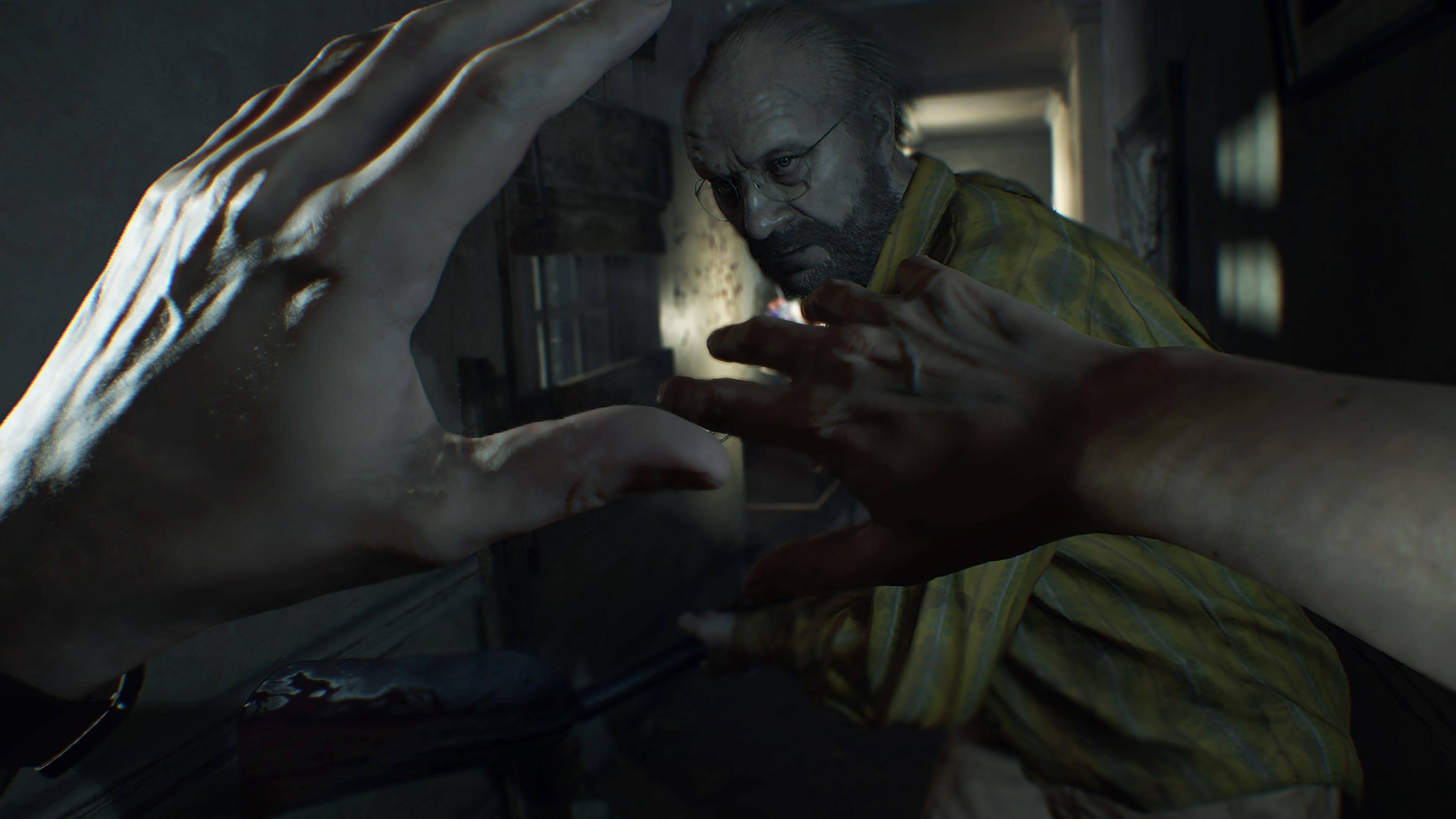
Monster Hunter had a winning formula, but convincing global audiences to try it was a challenge. For Resident Evil, the development team had to decide whether to focus on action or survival horror. Executive producer Jun Takeuchi made the pivotal decision to return to the series' survival horror roots.
"It was around the time I was working on Resident Evil Revelations 1 and 2. I was trying to test different things, try different approaches," recalled Resident Evil 2 and 4 Remake director Yasuhiro Ampo. "And around this time is when the R&D teams were divided into R&D division one and two. The executive producer of the Resident Evil series, Jun Takeuchi, took command of R&D division one, and he set the core direction that the Resident Evil series needed to go back to its origins, to its roots."
This decision proved successful with the announcement of Resident Evil 7 at PlayStation's E3 2016 conference. The game's first-person perspective brought back the series' terrifying atmosphere.
"With Resident Evil 7, the executive producer, Jun Takeuchi, made it clear that we cannot underestimate how critical it is for the series for it to be scary and about survival. So he made it clear that Resident Evil 7 would go back to its origins, it would be very cautious with its survival elements. And with that as a basis, then we would try new and different things," Ampo said.
Resident Evil 7 was a significant success, reintroducing survival horror to the series. Its southern gothic setting added to its eerie atmosphere, making it one of the scariest games in the franchise.
While Resident Evil 7 and its sequel Village adopted a first-person perspective, Capcom continued to explore the third-person perspective through remakes, starting with Resident Evil 2. The demand for remakes was evident from fan projects, prompting producer Yoshiaki Hirabayashi to take on the challenge.
"It was like, 'all right people really want this to happen.' So producer [Yoshiaki] Hirabayashi came up with the slogan: 'Well, we’ll do it,'" Ampo revealed. The Resident Evil 2 remake combined horror with action and puzzles, introducing the menacing Mr. X, and became one of the best-selling games in the franchise.
Following the success of Resident Evil 2, Capcom released a remake of Resident Evil 3. Despite initial hesitation, the team decided to tackle Resident Evil 4, a game still beloved by many. "As you mentioned, [Resident Evil 4] was still a title that enjoyed some popularity. So there was a lot of internal discussion on how maybe it’s not a good idea. Maybe we don’t need a remake for Resident Evil 4, especially because Resident Evil 4 is a game that is so beloved. If we get anything wrong with the remake, people might be quite vocal about their discomfort," Ampo said.
The Resident Evil 4 remake was a hit, fine-tuning the balance between action and horror while maintaining the series' survival horror roots. It removed some of the original game's campier elements, opting for a darker, more intense tone.
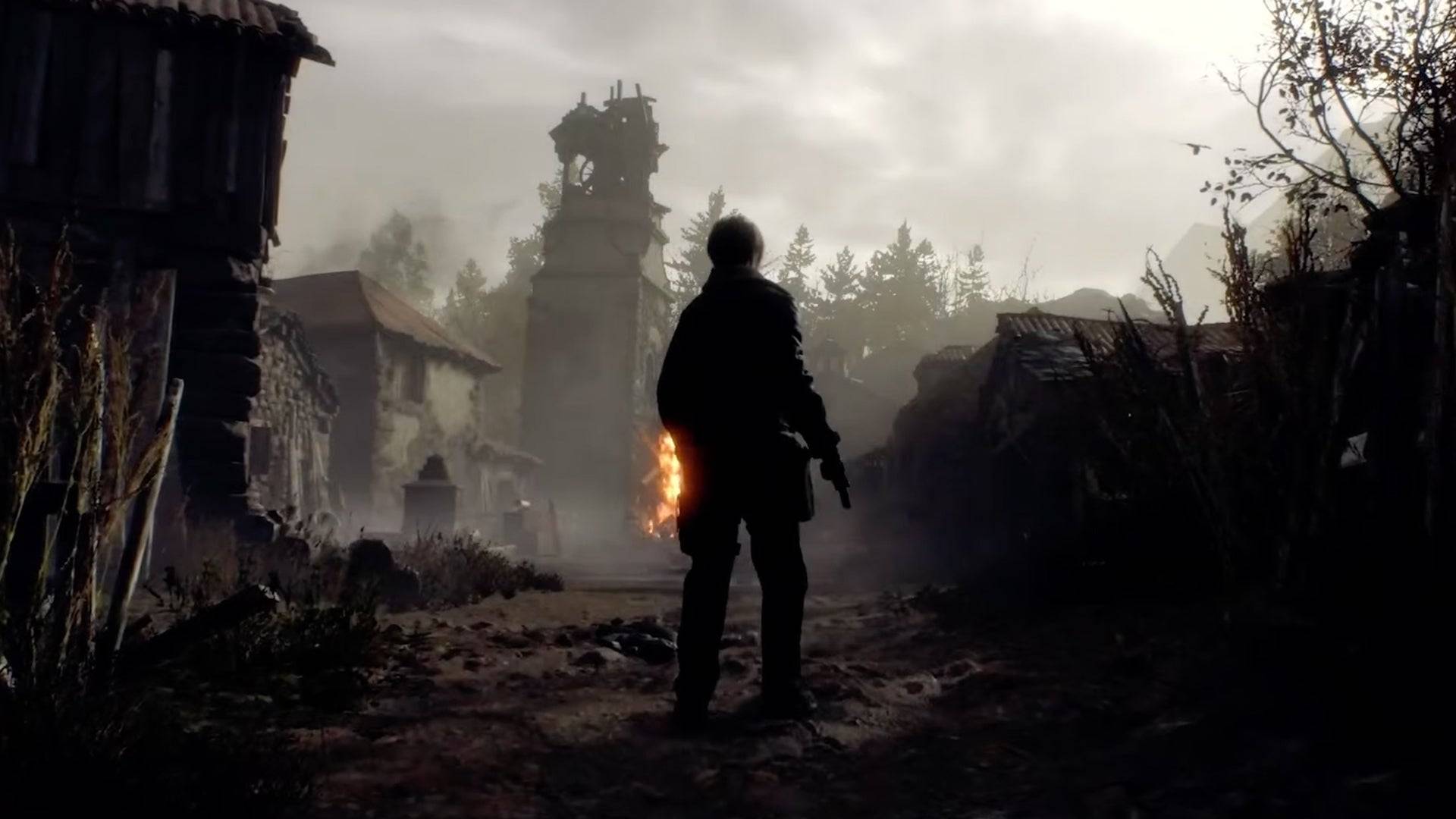
The Reason Behind The Change
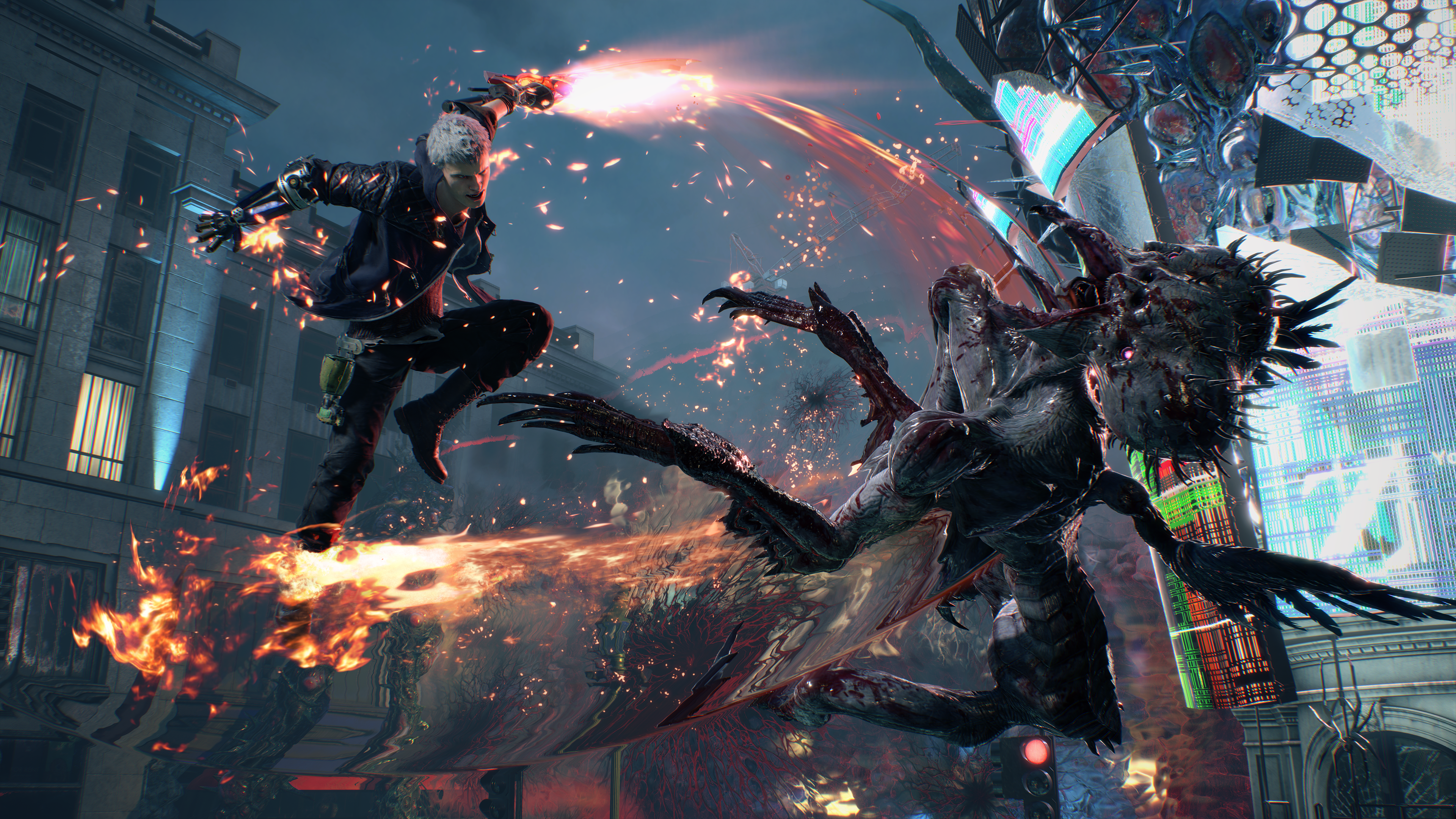
During this period of transformation, longtime Devil May Cry director Hideaki Itsuno recognized the need for a shift in the action genre. After working on Dragon's Dogma, he returned to Devil May Cry with a vision to challenge players and leverage Capcom's new RE Engine.
"I felt like the main trend with action games was to make action games that were very kind," Itsuno admitted. "Maybe, for me, a little bit too kind to the players, lending a hand to the player too much to my liking."
Itsuno's goal was to create the "coolest" action game ever, utilizing the RE Engine's capabilities for photorealistic assets and rapid development. "Devil May Cry is a franchise that stands on being cool," Itsuno said. "That’s what the franchise is, it’s about being cool. Ever since I took over the series from Devil May Cry 3, I put everything that I, as a person, I considered throughout my life to be cool. Anything I’ve seen on TV, in movies, and comics I’ve read, any sport experiences I’ve had, I try to distill everything that I think is cool into what the game is."
A New Capcom Golden Age
Since 2017, Capcom has released a game of the year contender almost annually, demonstrating unparalleled consistency in an industry where many studios struggle. This success stems from a focus on creating globally appealing games using the advanced RE Engine, which supports a wide range of genres.
Capcom's mission to create mainstream, global games has not diluted its unique identities. Instead, it has found a balance that keeps its games true to their roots while expanding their audience significantly. As other studios chase trends and lose their way, Capcom's strategic changes have ushered in a new golden age.
"Capcom is going through a golden era, and, well, now we have to do everything we can so that this lasts one more year, one more year, and every year, one more year," said Monster Hunter's Tsujimoto. "Hopefully we can extend it as long as we can."
- 1 Stellar Blade PC Release Date Confirmed For 2025 Jan 05,2025
- 2 Marvel's Spider-Man 2 Swings to PC in January 2025 May 26,2023
- 3 Tomorrow: MMO Nuclear Quest Is a New Sandbox Survival RPG Nov 15,2024
- 4 Black Myth: Wukong Review Fallout Nov 13,2024
- 5 Final Fantasy XVI PC Port Falls Short Nov 14,2024
- 6 GTA 6 Raises The Bar and Delivers on Realism Beyond Expectations Nov 10,2024
- 7 Roblox Ban in Turkey: Details and Reasons Mar 10,2024
- 8 Dragonite Cross-Stitch Captivates Pokémon Enthusiasts Nov 08,2024
-
Best Racing Games to Play Now
A total of 10
-
Explore the World of Shooting Games
A total of 10
-
Best Free Simulation Games for Your Android Phone
A total of 4






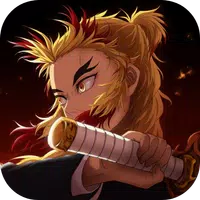



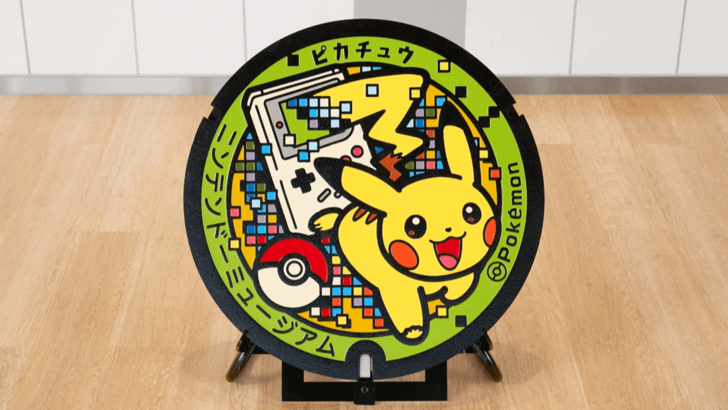
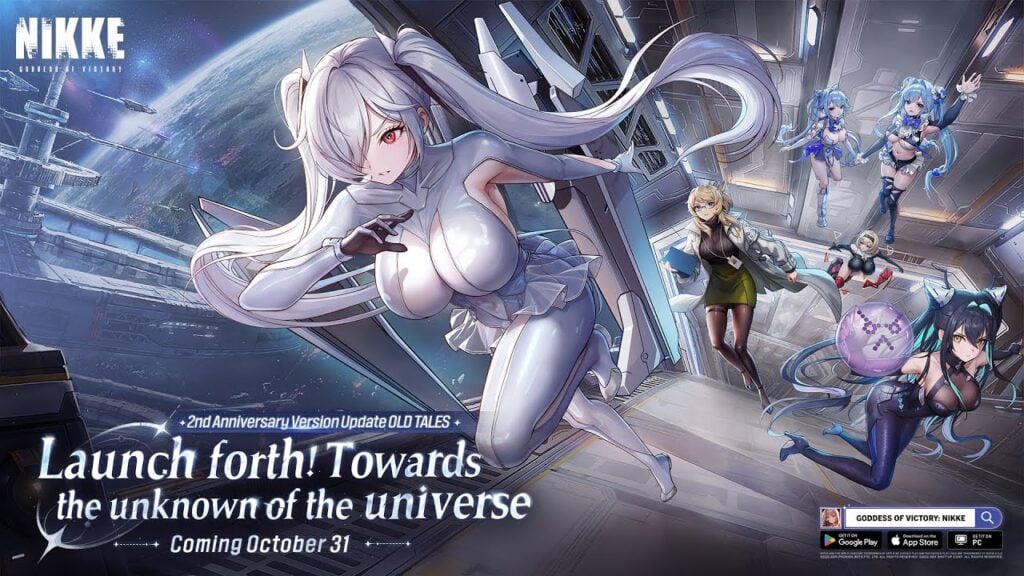
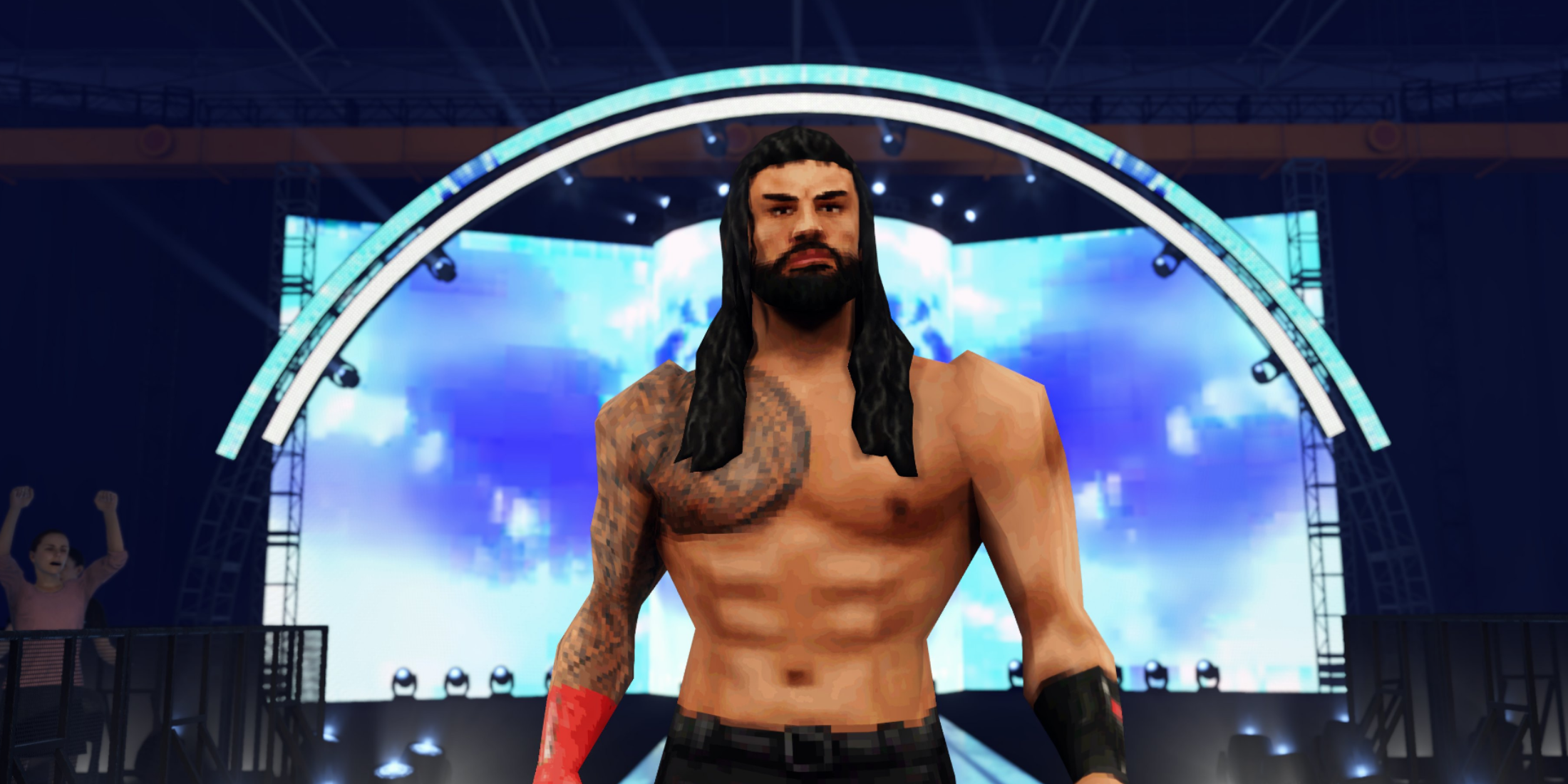
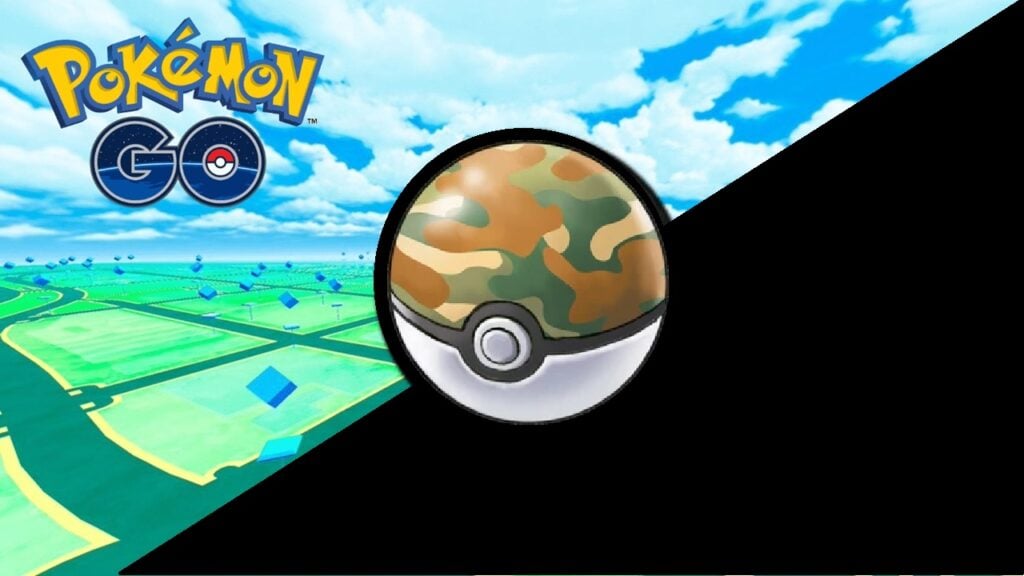
![Business of Loving [v0.12.5i] [Dead End Draws]](https://imgs.96xs.com/uploads/18/1719555107667e5423ef803.jpg)
